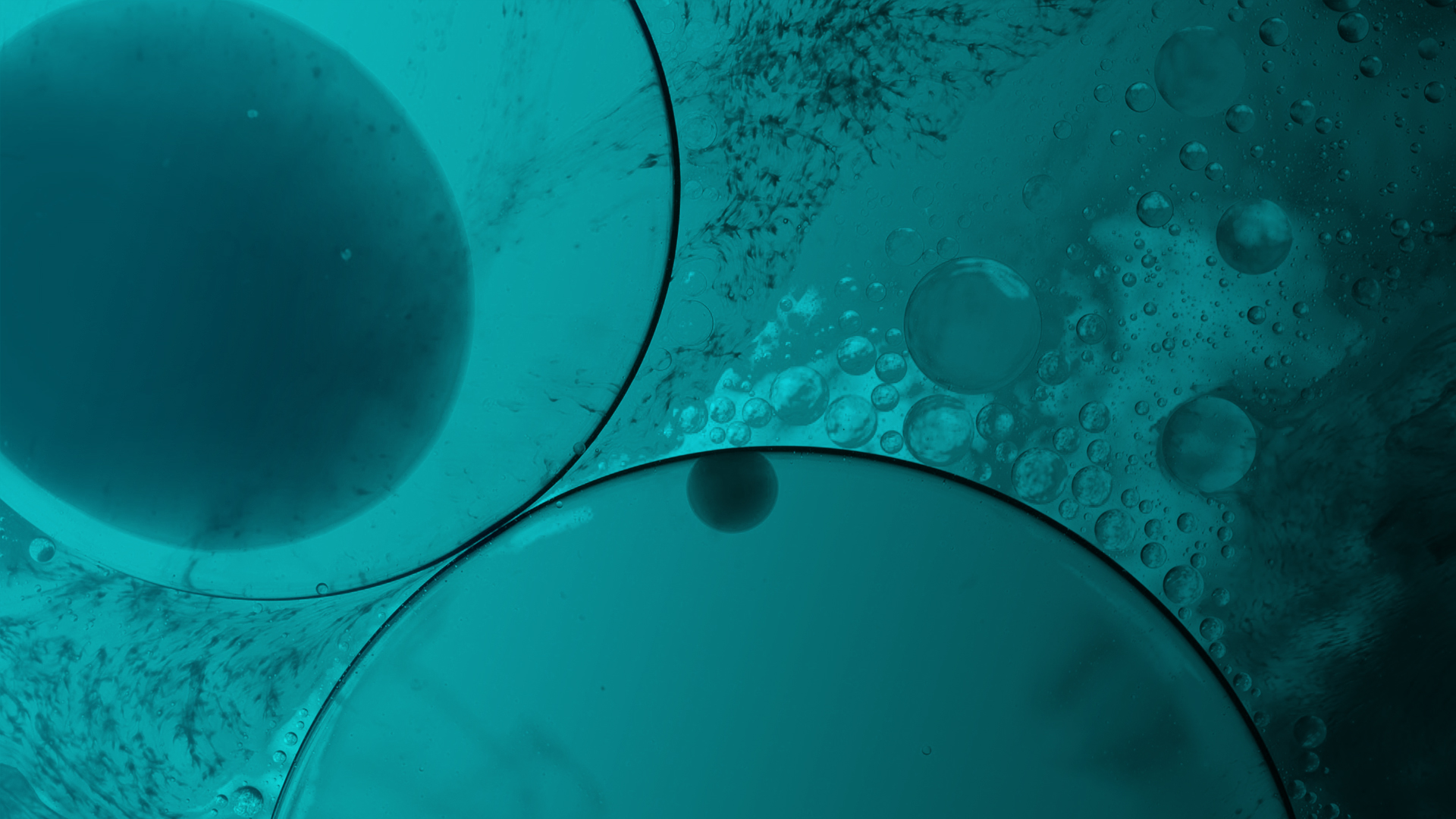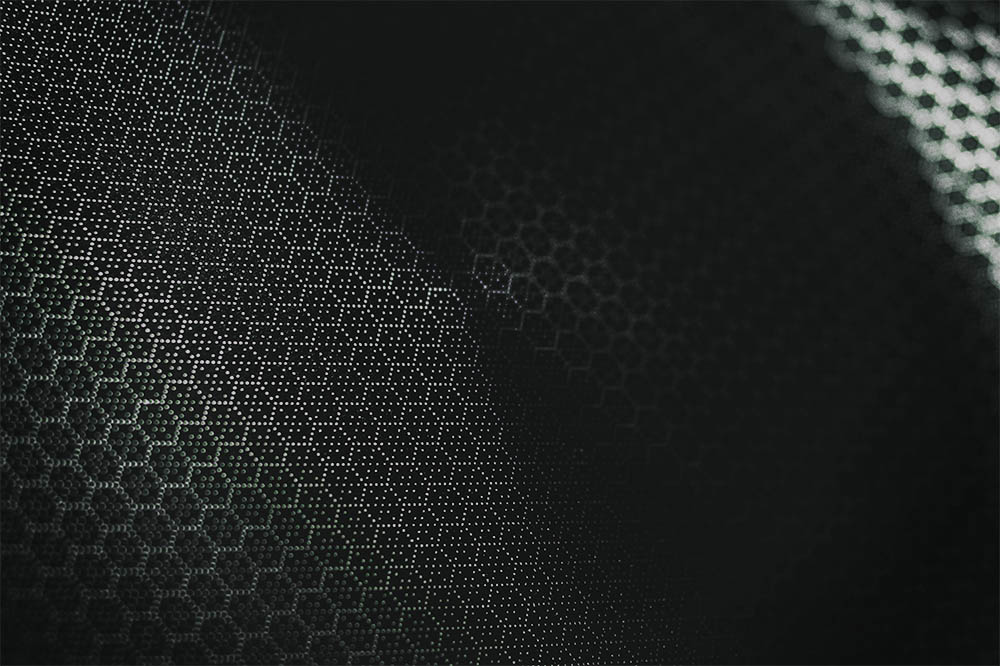Cosmecuticals
… and the pitfalls of the first and second medical indication
... and the pitfalls of the first and second medical indication
The term „cosmeceutical“ is composed of the words „cosmetic“ and „pharmaceutical“. It refers to active ingredients that are used in cosmetics in particular, but have a pharmaceutical effect. More precisely, cosmeceuticals have cosmetic properties that can be attributed to a therapeutic effect. The distinction between a cosmetic and a therapeutic effect is sometimes difficult to make.
A classic example is skin disorders, which can range from simple pimples to acne and are generally considered to be a cosmetic, and often age-related, problem. Active ingredients that are used here are therefore predominantly understood to be cosmetic. However, even with this simple example, one may very well disagree: A main cause of acne vulgaris is hormonal changes during puberty. The hyperkeratosis in the sebaceous follicle and the increased sebum production promote bacterial growth. The subsequent immune response of the body becomes visible as inflammation. However, an anti-inflammatory effect must be considered therapeutic. Thus, active ingredients used against acne fall into the therapeutic-medical rather than the cosmetic area. As a rule of thumb, it can be said that substances which exert their effect exclusively on the surface of the skin are considered cosmetic, but as soon as processes in the skin are influenced, a therapeutic effect must be assumed.
What sounds like a rather academic discourse, however, has serious consequences in patent law. Indeed, Art. 53(c) EPC excludes from patent protection processes directed to the therapeutic treatment of the human or animal body. Thus, if the active ingredient is known as such, the subsidiary purpose-related substance protection, which is general a use claim, is simply excluded.
Already during the preparation of a patent application, we therefore carefully examine our claim strategy to determine whether the invention could possibly be considered therapeutic – whereby the standards are not consistent even within the European Patent Office and differ even more from jurisdiction to jurisdiction.
Despite the limitations mentioned above, the EPC offers interesting possibilities for the comprehensive protection of active substances. In some of their landmark decisions, the Technical Boards of Appeal already paved the way for purpose-bound substance protection in medicine. In the context of the so-called „1st medical indication“, this means nothing less than that substance protection can be applied for again for a known substance, provided that the substance was not yet known for use in medicine – regardless of the indication – on the application date. Such a claim would then read, for example, „Substance X as a medicament“. The scope of protection conveyed here exceeds that of a simple use claim many times over. This is because the therapeutic effect is usually first found for only one or more narrowly defined indications. However, the protection of the substance by the 1st medical indication is absolute, i.e., further indications found later are also subordinate to it.
Also, for new indications of an active substance, which is already known as such in medicine for the treatment of other diseases, the patent system offers protection via the „second (and any further) indication. The corresponding claim wording is „substance X for the treatment of disease Y“ and corresponds to a classic use claim in terms of the scope of protection.
In patent applications in which a first or a further medical indication is claimed, however, one thing must be observed: The indication must be specifically stated and, in the case of the second medical indication, must also be included in the claim. A reference to a biochemical process is not sufficient. For example, if a substance acts as a tyrosinase inhibitor and reduces melanin formation in the skin, then this is merely a discovery. However, the invention consists in using the active substance, for example, against hyperpigmentation, i.e., a specific pathological skin condition. Applications which have a therapeutic background and in which it was neglected to assign a physiological effect to a concrete disease have no chance of being granted!

Manufacturers of cosmetic products have a certain reluctance when claims protecting their substances are directed to „medicaments“. Related to this is the concern that such claim formulation will result in regulatory consequences. This concern is understandable, but unfounded. On the one hand, the patent office does not decide whether and which approval an active ingredient requires before it is placed on the market, and on the other hand, the claim wording is merely a formal requirement arising from the EPC and not from a statutory provision.
Nevertheless, for the protection of cosmeceuticals, it is advisable for strategic reasons to adopt a two-track approach to claim drafting and also to claim an expressly non-therapeutic method in which the active ingredient is used. Although this wording is often objected to in the examination procedure and must then be deleted, it creates an additional claim option. It is particularly important because the medical indications described represent special routes in the EPC and are inadmissible in the USA, for example. There and in many other countries of the world, the claims must relate to a non-therapeutic method anyway, and if the specification for such a claim formulation does not contain a disclosure, this can result in great difficulties.

Interested?
If you have any questions or suggestions do not hesitate to contact us.
